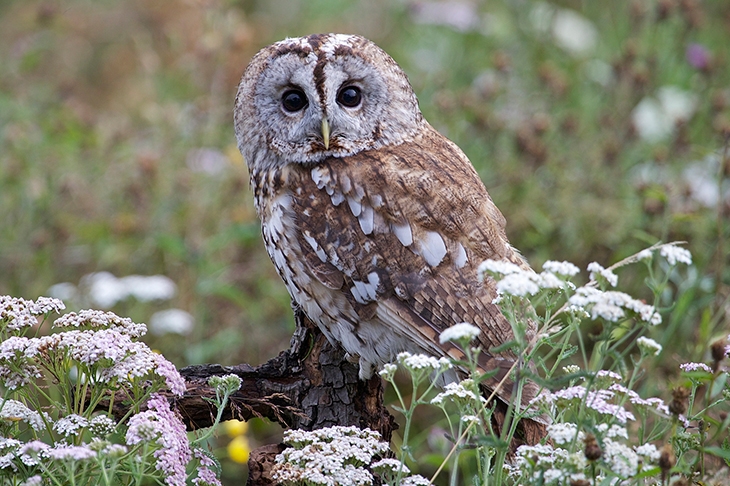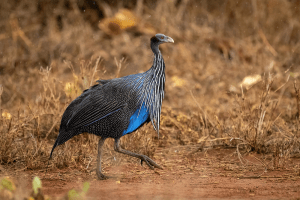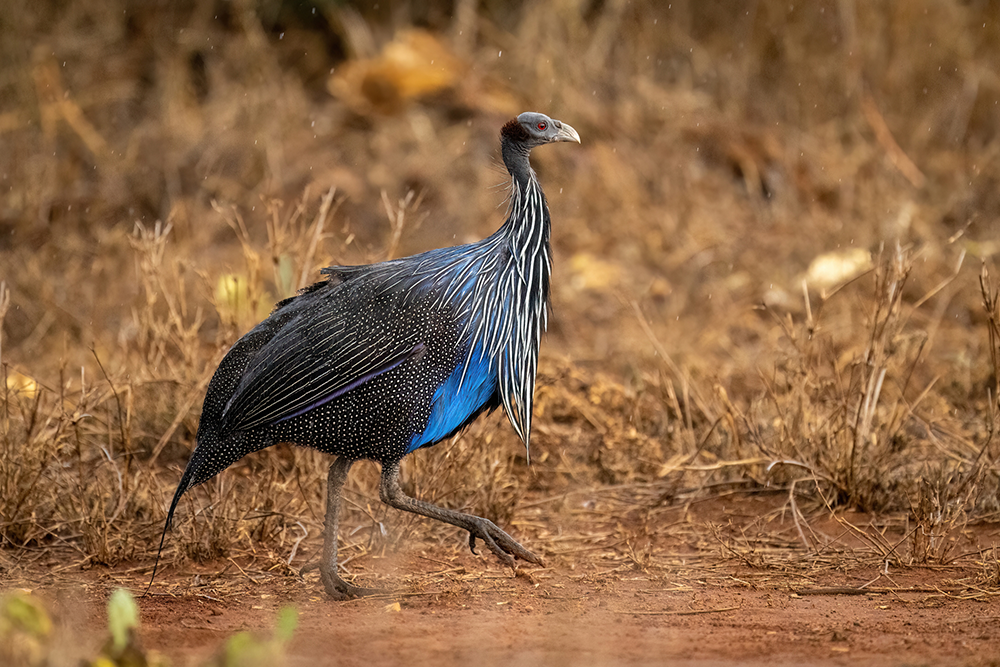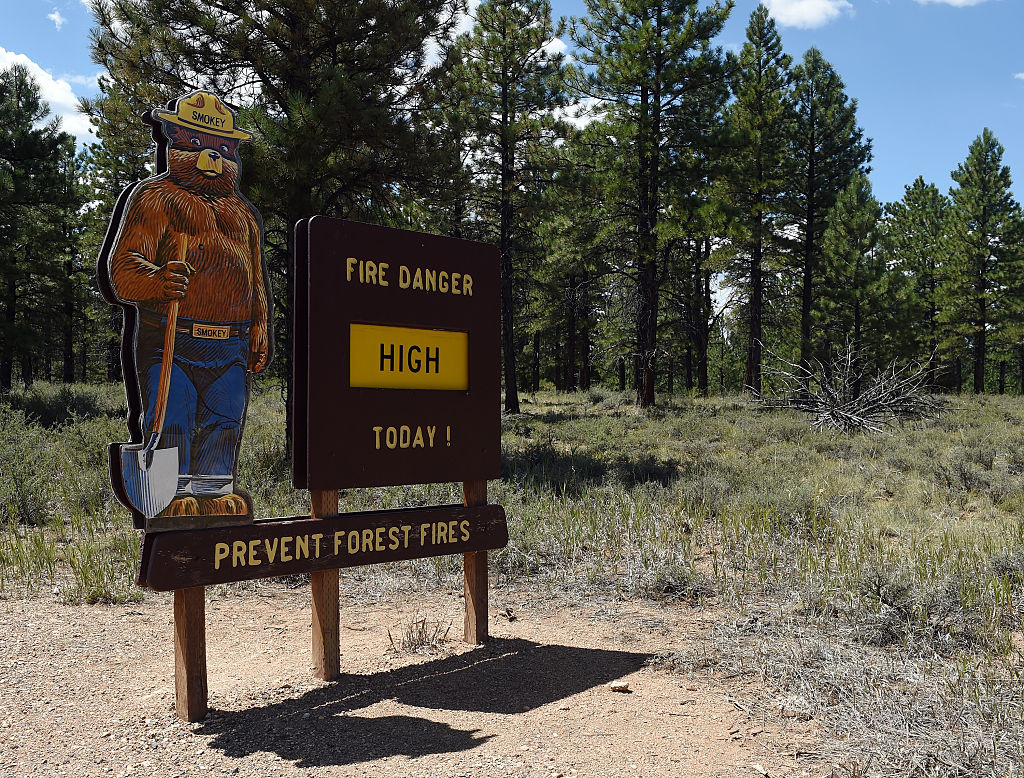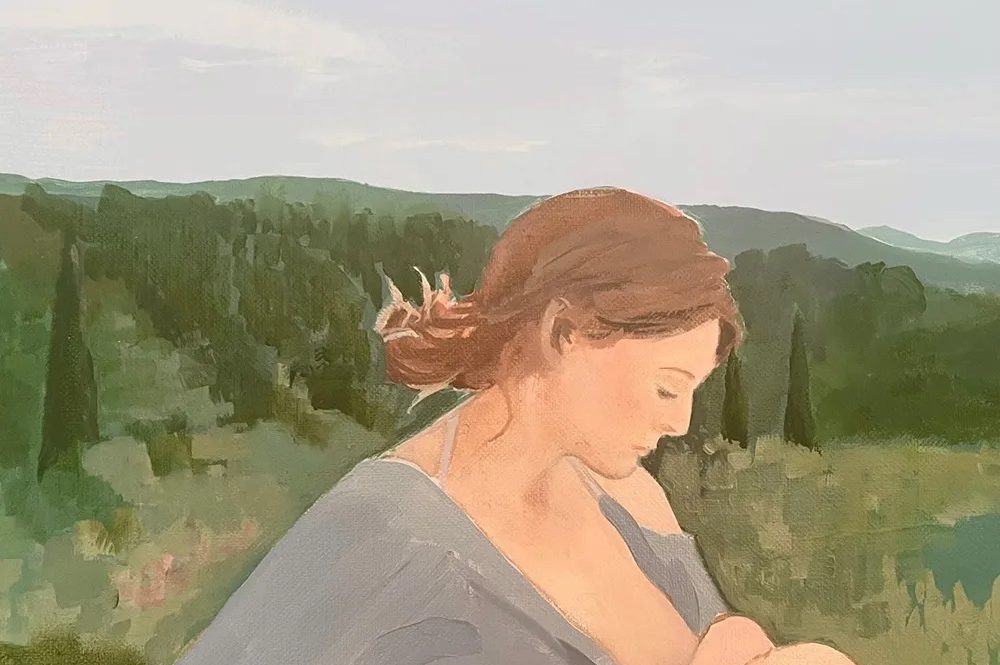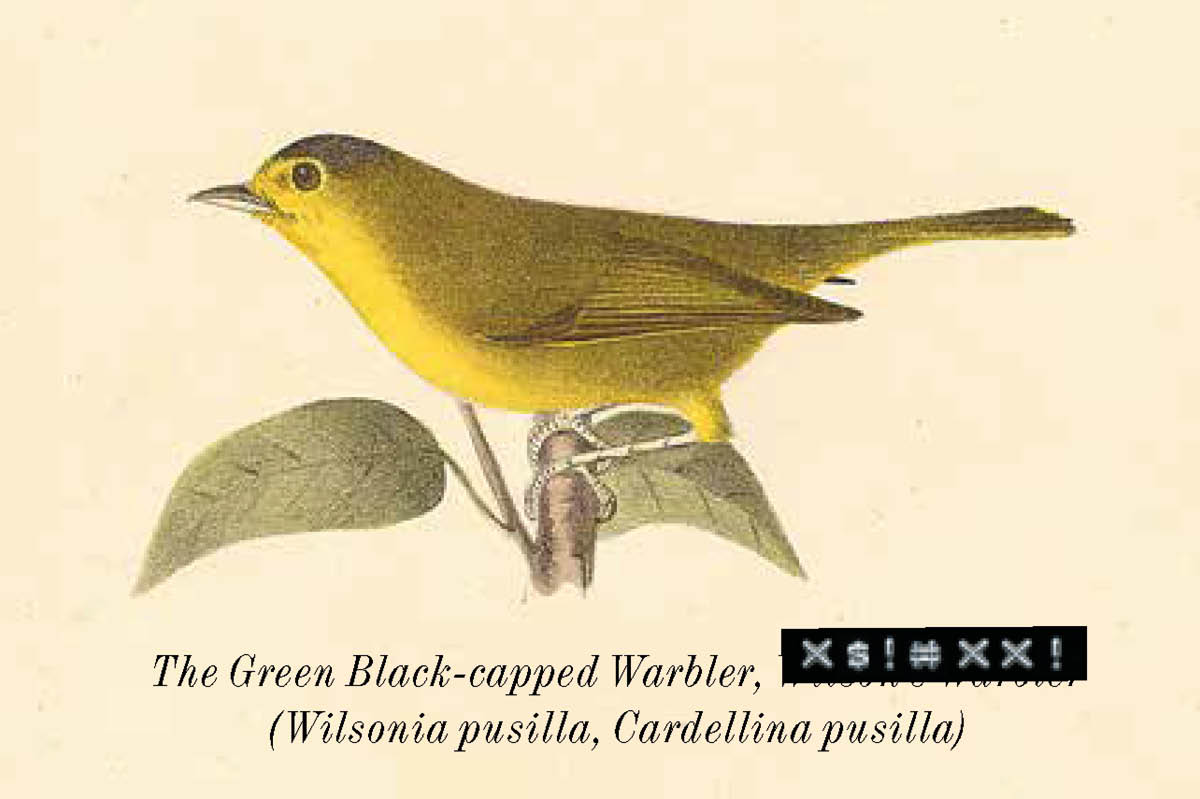My tawny owl has been self-isolating. I say mine but in truth she chose the nest box in my neighbor’s garden rather than the one I almost killed myself to install, balancing it on my head as I scaled a rickety old ladder.
A couple of months ago I spotted the owl, happily sitting in the box’s entrance in the weakening sun. A pattern was established. Every evening as day drained away, I went into the garden, balancing my old Zeiss binoculars alongside a glass of white. The owl would fly in silently from the south, sit around for a while and then disappear into the box.
These regular sightings stopped six weeks ago, and I have been worried since. But early this morning I saw her again.
Her, because she doesn’t make the hooting call of a male but the tuh-whit of the female. Put the two sounds together, as the owls communicate, and you have the sound most people think comes from one bird — though a certain mystery surrounds whether each can in fact mimic the other.
Owls roost deeply in our national memory. They stare out from medieval manuscripts and flap through the pages of J.K. Rowling. Their wisdom has them associated with St Jerome and one even went to sea with a pussycat — surprising given that they apparently avoid open water. Perhaps for that reason, tawnies have not ventured to Ireland.
Tawnies are territorial and will defend up to 50 acres of land. They can attack if their young are threatened, as the British photographer Eric Hosking discovered when he lost an eye trying to take a picture of one. His most famous shot of 1948, ‘Heraldic owl’, is a triumph of British neo-romanticism, a study of the nature we came to rediscover and value after its violation during wartime. It is of the less pugilistic barn owl; rather more beautiful than the tawny, with its ghostly white feathers and lovely heart-shaped face (adorned by a mouse in the photo).
Britain’s other owls are the little, the short-eared and the long-eared. Some, perhaps all of them, don’t care for the rain very much as they are not waterproof. In inclement weather, they are forced to hunt when they can and can sometimes be seen hunting in the daytime.
I hope my owl went into hiding because she is getting on with the business of laying eggs. An old colonel I once knew said that time spent in reconnaissance is seldom wasted. Perhaps her bold behavior was just that. Her brood will need to learn how to perch on the stick attached to the nest box, the base of which has come worryingly loose at one end. Then they will possibly fall to the ground and mum will have to rally her formidable resources. Good luck to the magpies who try to have a go.
In this lockdown nature is reasserting itself. Fewer cars to run over hedgehogs. Fewer people to dissuade goats from taking a trip into town. More mice, voles and frogs for owls to eat. To my wonderful tawny: bonne chance!
This article was originally published in
The Spectator’s UK magazine. Subscribe to the US edition here.



